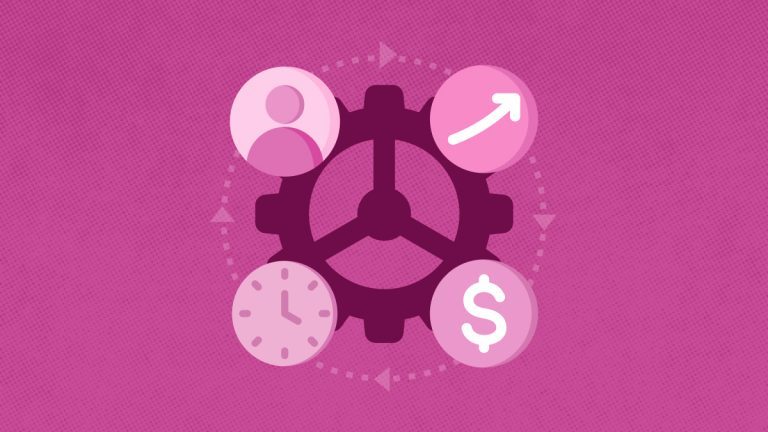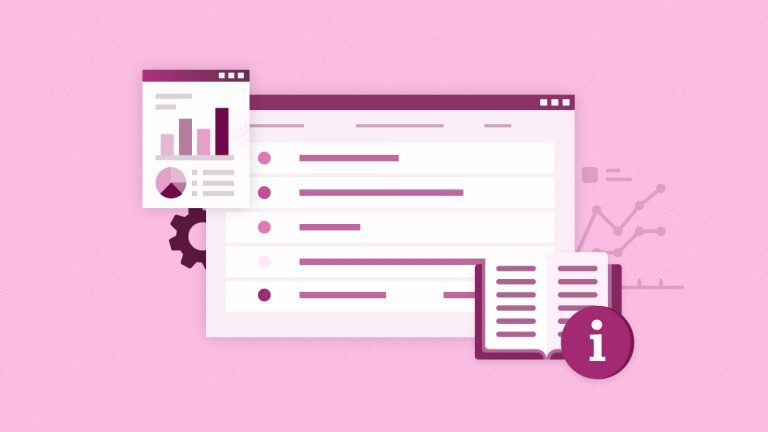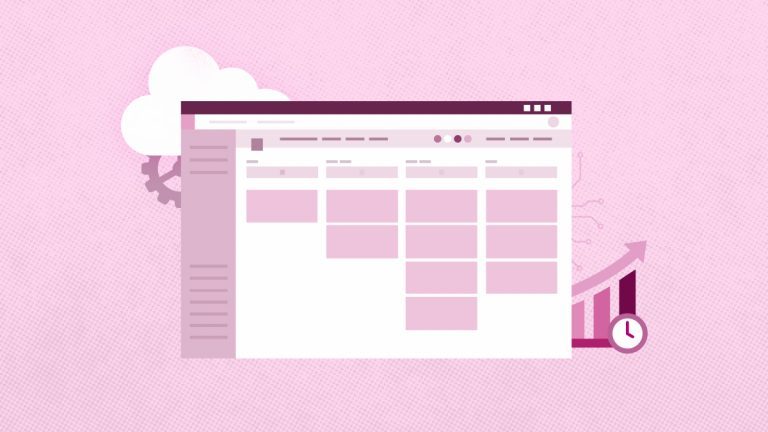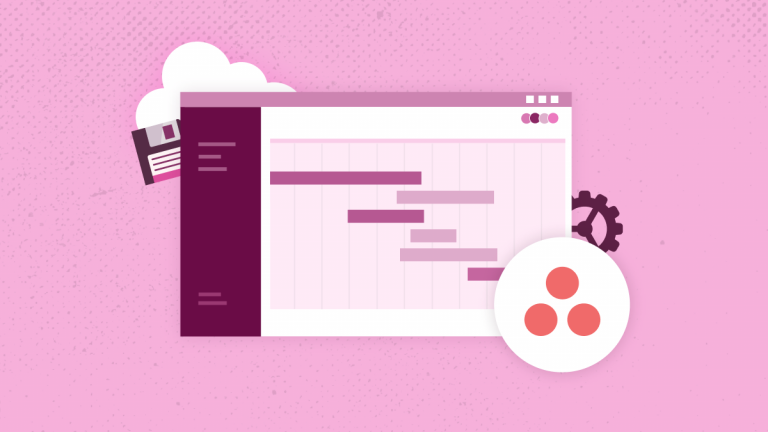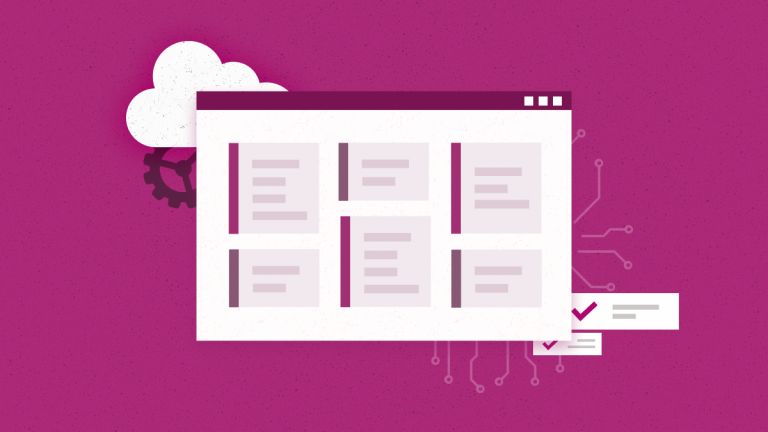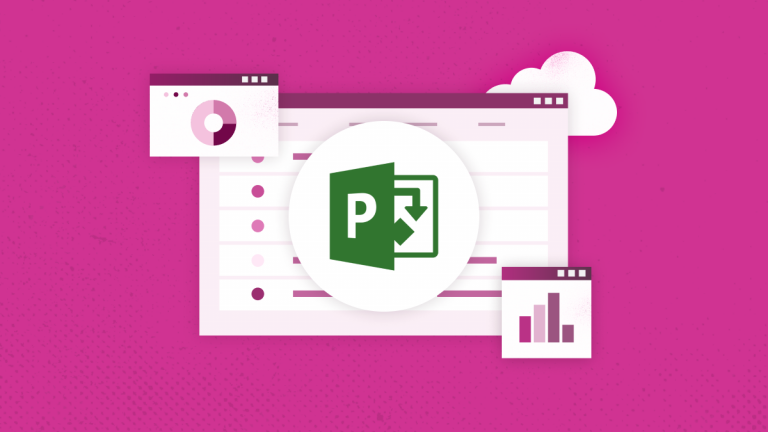
Anna Shalomova
PPM Consultant
Microsoft has recently rolled out its Office 365 Planner. Here are 15 things you need to know about the new Planner in Office 365.
1. Adding Planner – If you do not see the Planner tile in App Launcher, you need to ask your Office 365 Administrator to assign you a license (they are free).
2. Accessing Planner – Planner can be accessed only if a Planner License is assigned in Office 365. Once a Planner License assigns to a user, they can access Planner in two ways:
a) Via Planner tile in the App Launcher


b) By navigating to tasks.office.com
3. Planner and Office 365 Groups – Office Graph and Office Groups power planner, and each new Plan created in Planner automatically creates a new Office 365 Group.
Create New Plan

Groups View
Navigate to Groups in the Office Admin Center Dashboard.

4. Planner Buckets and Tasks – Each Plan has its Board; moreover, you can add Buckets (groups of Tasks) within each Board. Subsequently, within the Bucket, users can add work items or tasks.
Buckets
You can create a new Bucket in a default Plan Board by simply clicking on Add new Bucket.
Tasks

A Task is represented by a combination of name, due dates, attachments, categories, and conversations associated with it.

Team members receive an email notification whenever they are assigned a new “Card” or task.
5. Views Tasks as a visual Chart – you can select the Chart view to see a graphical representation of Tasks.

6. Menu to Switch to Office 365 Group View – There is a callout (…) from a Plan’s Board to switch to the Plan’s associated Group view, where you can see the Group’s properties, such as Mail, File repository, Mailbox, and so on.

7. Conversation View of Plan – A callout (…) from a Plan’s Board to switch to the Plan’s associated Group’s conversations.

8. Calendar View of Plan – A callout (…) from a Plan’s Board to switch to the Plan’s associated Group’s calendar view.

9. Members View of Plan – A callout (…) from a Plan’s Board to switch to the Plan’s associated Group’s team view.

10. Files View of Plan – There is a callout (…) from a Plan’s Board to switch to the Plan’s associated Group’s file storage location

11. OneNote Notebook – Every Plan has a link to OneNote, which is represented by “Notebook”, which opens up when a user clicks on it.
12. My Tasks View – This is similar to workflow Tasks, where you switch to My Tasks or Tasks assigned to the logged-in user.
13. Using Planner and Teams – Users can assign their Plan to a Team using the Teams App.
14. Integrating Planner with Microsoft Project Online – If you use Microsoft Project Online and Office 365 Planner, you can install the SharePoint App from FluentPro, Integration Hub, and connect your Planner to Project Online. Consequently, implementing Integration Hub will create a new, corresponding Plan and Group in Office 365 every time you create a project in Project Online.

15. Influencing Planner development – You can use UserVoice to provide feedback to Microsoft about Planner.
Schedule a free consultation
to find out how FluentPro can help your business

